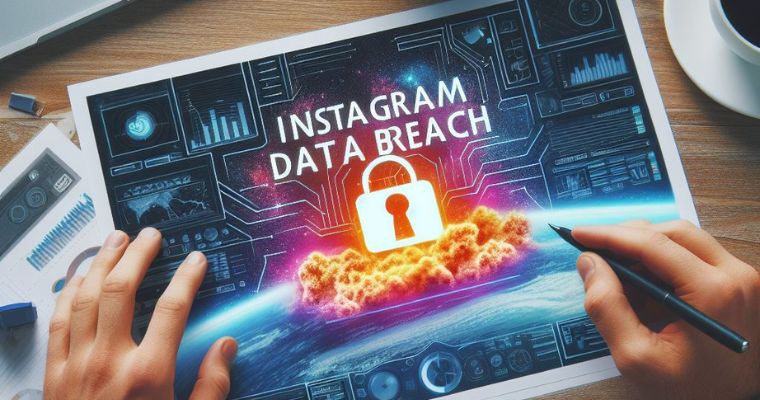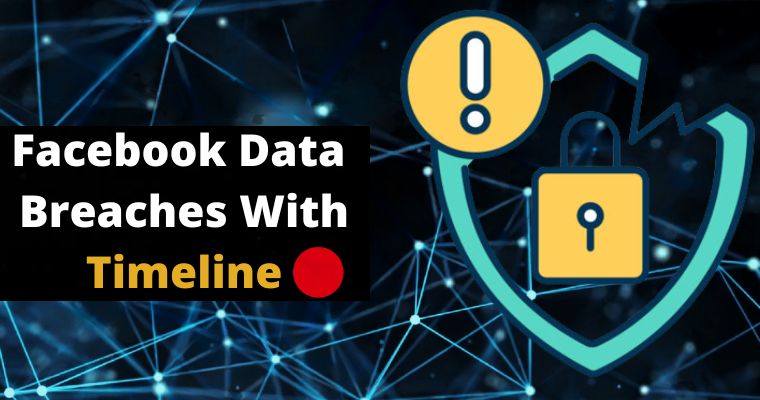Target Corporation, which is the second-largest retailer in the United States, saw the data breach as a watershed moment in the history of data security, as it exposed the vulnerability of even the most prominent companies to cyber attacks.
The breach occurred when cyber criminals gained access to Target’s payment system and stole customer data, including credit and debit card information, names, addresses, and phone numbers.
Retailer’s response to the breach was widely criticized, as the company failed to detect and respond to the breach quickly enough, and did not notify affected customers for several weeks after the breach occurred.
This delay allowed the attackers to continue stealing customer data and caused significant harm to Target’s reputation.
The Target data breach was a wake-up call for retailers and other organizations that handle sensitive customer information. It highlighted the importance of investing in robust cybersecurity measures, such as firewalls, intrusion detection systems, and data encryption.
It also underscored the need for companies to have clear and effective response plans in place in the event of a data breach.
In response to the growing threat of data breaches, many retailers have taken steps to improve their cybersecurity posture.
These measures include conducting regular security audits, implementing more robust firewalls and intrusion detection systems, and training employees on data security best practices.
Despite these efforts, however, data breaches continue to be a significant threat to retailers and other organizations that handle sensitive customer information.
Cybercriminals are becoming increasingly sophisticated, and new threats such as ransomware attacks are emerging all the time.
Target’s data breach was a seminal event in the history of data security, and its impact is still being felt today. It served as a stark reminder of the importance of investing in cybersecurity measures and having effective response plans in place in the event of a breach.
As cyber threats continue to evolve, it is crucial for retailers and other organizations to remain vigilant and stay ahead of the curve in order to protect their customers’ data and preserve their own reputations.
A list of all data breaches at the Target company is given below.
December 2013 – Target Data Breach
Target acknowledged in December 2013 that 40 million credit and debit card accounts and 70 million customer accounts had been linked to a data breach by hackers.
The breach was not caused by Target’s systems, but rather by a third-party vendor whose systems were compromised, providing a means for gathering Target customers’ data.
According to reports, the initial point of entry for the hackers was a phishing attack, where employees of an HVAC firm working with Target received malware-laden emails.
The attackers were able to compromise network credentials provided to a third-party vendor, which allowed them to gain access to Target’s systems.
Target suggested that customers who observed unauthorized activity on their cards contact the retailer, as customers who made purchases in US Target stores from November 27 to December 15, 2013, were affected.
Target settled for $18.5 million following the data breach, but the breach was initially estimated to cost $202 million, with the total cost rising as various legal actions were resolved.
The perpetrator responsible for the breach was eventually identified and apprehended, and received a 14-year prison sentence.
April 2011 – Target Data Breach
In April 2011, it was revealed that Target company emails had been compromised in the Epsilon data breach, which involved the unauthorized access of customer names and email addresses from the systems of Epsilon, an email marketing services provider.
The breach impacted a total of 75 Epsilon clients, including Target, Best Buy, JP Morgan Chase, and US Bancorp.
While the personal information of only 2% of affected customers was compromised, the database involved in the breach was extensive, potentially impacting millions.
A major worry surrounding the breach was that hackers could use customer names and email addresses to create convincing phishing emails.
Upon discovering an unauthorized entry into their systems, Epsilon promptly notified its customers of the breach and took responsibility for the incident. Subsequently, other affected companies reached out to their own customers to inform them of their involvement in the breach.
One of the largest and most expensive data breaches of all time, the Epsilon data breach was estimated to cost $4 billion due to its extensive scope and involvement of well-known companies.




